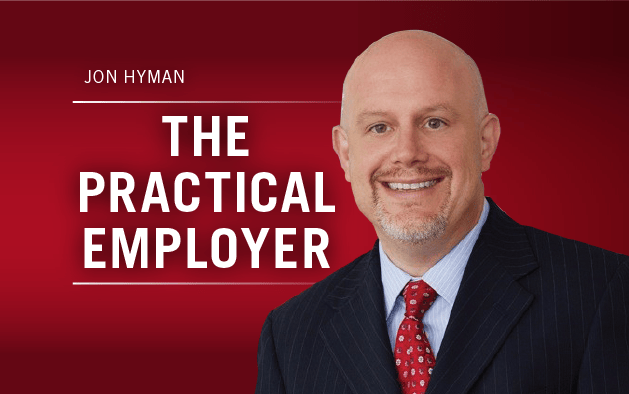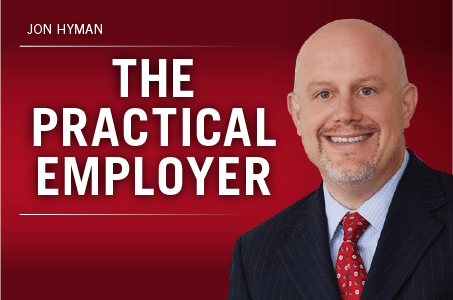
I did a candidate interview for an open position recently — during vacation on the beach.
Go ahead and fire up the comments about how my priorities are out of whack. About how I need to take care of myself.
I provide this nugget as a visual to the following reality. There are three types of work-life balance in the world. Two you can choose, one you must earn. All come with a cost. As an HR/talent leader, you should have a point of view on each because odds are they all exist to some extent in your company, but one probably defines your culture.
Let’s break down the types of work-life balance you must choose from:
- You have zero work-life balance and zero flexibility. Not only are you working long hours but you’re also expected to be present in the office on the organization’s terms, not your own. You have zero flexibility about when you can leave and you have your smartphone next to your pillow at night.
This situation is relatively easy to find. Just change jobs a couple of times, don’t have boundaries about what you’ll accept and you’ll find the company and boss combination that can provide this quickly. NOTE TO THE KIDS: Sometimes you have to put in time in this situation to pick up the deep experience that can get you to a better place.
- You have maximum work-life balance.Congrats! You have found a company and boss that respects your need for time away and even has an unwritten policy that they won’t reach out to you in the evening or on weekends. You come in at 8 a.m. and leave at 5 p.m. It feels good not to have to worry about the chaos after hours. Your time is your time. You found someone who respects that, so if it’s important to you hold on with all your might.
There’s just one little problem: If you hear a ticking sound, it might be the clock counting down on how comfortable you are. You see, progress on earth has rarely been moved forward by respecting labor’s need for an 8-to-5 schedule with a 90-minute lunch, so the tradeoff is that your manager may be mailing it in and putting you and your team at risk long term. Also, just know that by wanting the perfect 40-hour work-life balance, you’re opting out of the corporate version of “Game of Thrones.”
Of the three types of work-life balance in the world, two can be chosen, and one must be earned.
You get more done than the others, or you don’t get promoted or become unemployed. I know it’s harsh. But the ticking clock is real for many who feel great about their work-life balance. It’s all fun and games until you’re on the market as a candidate whose biggest accomplishment was achieving balance.
- You have no flexibility and maximum flexibility all at the same time. Most of us would agree that a feature of great work-life balance is being able to leave work when you need to — a late lunch with a friend or an event at your kid’s school. If you have this ability, you agree this is tremendous, and for many of us, it’s the best part of any work-life balance conversation.
For the most part, it’s earned. You can’t put up walls and say you want a 40-hour week to get this flexibility. You have to earn it. The tradeoff for being able to leave any time you want is being indispensable, which in corporate America means your boss — who is likely a complete Type A — can ping you at 9:30 p.m. and get a quick answer.
It’s that access and iteration pace that alpha leaders want out of their people. If you’re looking for work-life balance, that’s the bad news. But if you’re looking for max flexibility about when and where you work and if you can go to the Thursday afternoon soccer game, it might be the type of work-life balance you seek.
As an HR leader, you’re in a tough spot. Odds are that you have jobs at your company with work-life balance flexibility in all three of these categories. But at the end of the day, you’re a performance coach as an HR leader.
You don’t define work-life balance alone at your company as an HR pro. That’s a team sport. But only you — the gifted HR leader who understands potential and life expectations — can customize career coaching for the individual employee in a way that matches their ambition.
That’s it, gotta go. Have another candidate interview coming up. Going to do it in the sun, by the pool. Then I’ll probably hit the beach.





